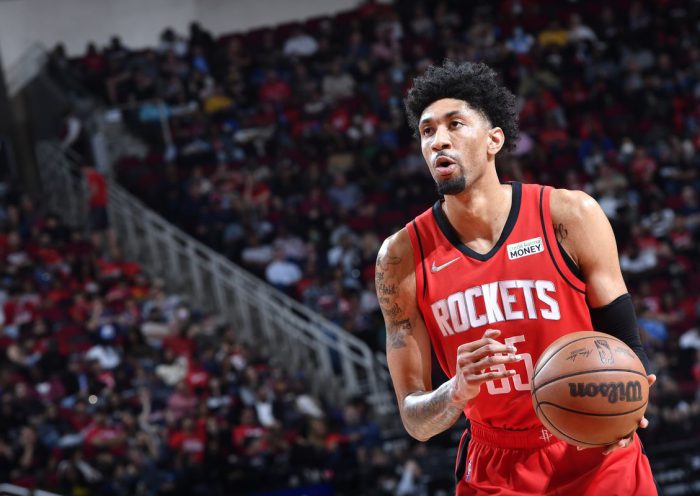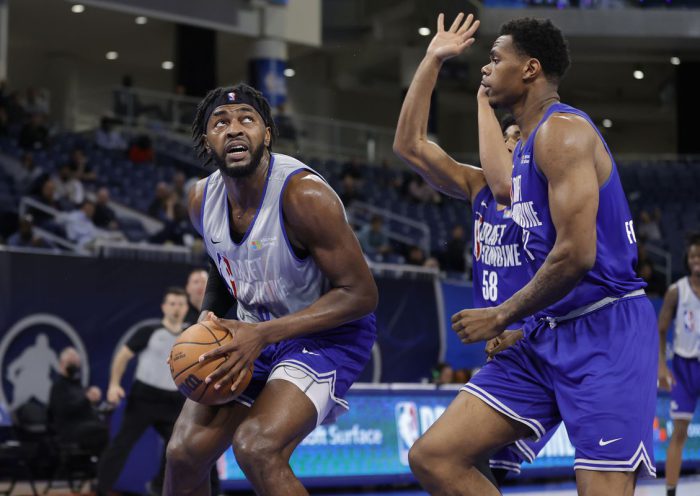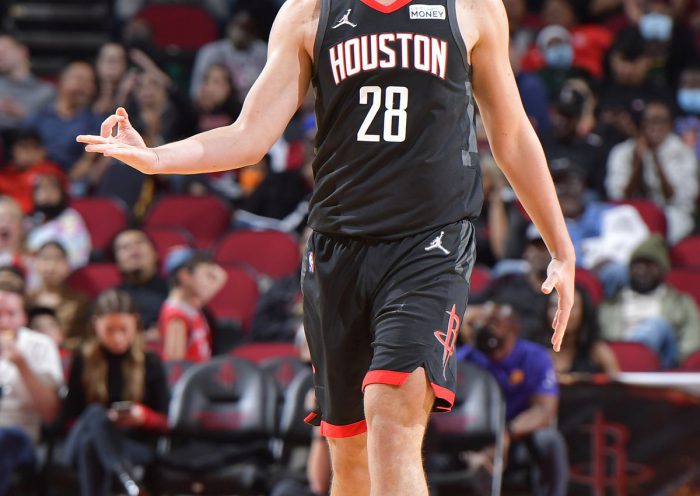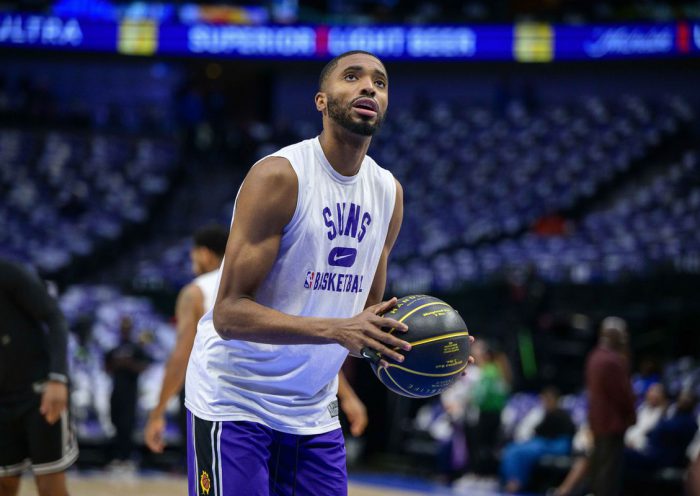Home Nike Phoenix Suns #3 Chris Paul YouthRebuilding the Prep-To-Pro NBA History: Class of 2009
When Amir Johnson’s name became part of the 2005 NBA group of draftees after Detroit selected the Westchester High School (Los Angeles) product with the 56th pick, no other true NBA Draft Hatshigh schooler would hear his name called in such type of event up to these days. Truth be told, all of Satnam Singh (2015), Thon Maker (2016), and Anfernee Simons (2018) made it to the NBA straight out of high school, but their cases are the exception to the rule and all come with an asterisk attached to them.
The reality, though, is that NBA put a ban of the prep-to-pros pipeline leading up to the 2006 draft, making the members of the 2005 HS class the last ones able to jump-start their pro careers making a straight leap from high school to the Association. That, if you ask me, was a bummer. With that route cut out, prospects were mostly forced to make it to the NCAA ranks for a year before declaring for the draft. The latest developments regarding elite prospects getting ready for the pros, though, are waNBA Pet Geartching them ditch college in favor of other options such as playing overseas (LaMelo Ball and RJ Hampton did it) or entering the G League as part of its Select Team (Jonathan Kuminga, Isaiah Todd, Jalen Green, Daishen Nix, and Kai Sotto will be there next season).
But what if the NBA had not banned the prep-to-pro route back in 2006? With the benefit of hindsight, I’ll go class by class (rankings by 247Sports Composite board) reviewing who could have made the jump straight to the NBA, who was ranked too high and could have flopped after such an eventual jump, who needed the most reps to hone their game, etc. Let’s get to it!
2009 HS Class: Top-10 Prospects
2009 Top-10 HS Prospects
Ten out of ten. That was it, don’t let them fool you. Had it not was because of John Wall and Jordan Hamilton being five-year prep-players, which ruled them ineligible for the MCDAAG, all of the top-10 prospects in this class would have gone on to be part of the summer classic. On top of that, this was a wildly spread class in terms of where the talent came from, with only two-and-two players sharing state (two from Cali, two from Florida) among the top-13 prospects in the nation. We got kids ranging from Georgia, North Carolina, and Alabama to Oklahoma, New York, or Washington.
Speaking of prep-to-pros as we’re here, it makes all of the sense in the world to tackle the first big what-if here before we keep digging deeper: what was the deal with John Wall and his potential early jump to the NBA? Ranked no. 2 in the 2009 class, he was a fifth-year senior that year. That was enough in terms of age to enter the NBA draft, but the NBA forces players to be at least one year removed from high school, thus rendering Wall’s chances at an early jump futile. Sucks, but that’s how the league works.
This class didn’t feature a consensus no. 1 player as Derrick Favors was ranked first-overall by some scouting platforms while Wall was so by others. It was a close race but the big man ultimately edged the point guard all-voices considered. This was also a very top-heavy class with known quantities from the get-go that wouldn’t go on to feature deeply buried gems down the ranks. The three-best kids in 2009 would become NBA players and become the three-best hoopers to ever make it to the L from this crop in terms of Win Shares with just one exception. Kudos go to devin booker jersey near methe scouts, as this is not always the case but they almost nailed it with those three picks. Favors (53.3 WS) leads the pack, followed by Wall (44.3), and DeMarcus Cousins (44.1), all of them still active in the Association—yes, Cousins is banged up as hell but still trying to bully his way back to the league next year.
Now, on the not-so-bright side of things, scouts missed big time on two prospects and whiffed a bit on other two.
The two that never stepped onto an NBA court: no. 8 Renardo Sidney (more on him later) and no. 10 Keith Gallon. Gallon’s story is a little bit weird. The kid from Vallejo, CA, played high-school ball at the renowned Oak Hill Academy, made it to the MCDAAG, enrolled in Oklahoma, played three years of college basketball there, was drafted in the 2010 second round by the Buck chris paul black suns jerseys, but never debuted (he was cut by Milwaukee, signed by Boston, then sent to the G-League and spiraled out of control from there).
The two that played NBA-basketball but never truly amounted to anything: no. 6 Xavier Henry, who logged 185 games from 2011 to 2015 but racked up a paltry 0.8 WS after being drafted 12th-overall; and no. 7 Jordan Hamilton, a 151-game player drafted 26th overall in 2012 who spent five years in the NBA but never found his place and was out of the league by 2016 (3.0 career WS).
Oh, I haven’t mentioned the true diamond of the 2009 class: no. 57 Kawhi Leonard. I mean, being a borderline top-50 player doesn’t make this a whiff, let’s be honest. But Leonard is now a two-time NBA champ and leads the class in Win Shares with 73.4. Other than Leonard, the other somewhat under-the-radar kid to slip a bit was Khris Middleton, although he was almost a top-100 recruit (no. 102) back then and is now sixth in WS (38.3) among those pertaining to this class.
Which players WOULD have gone prep-to-pros?
First things first, John Wall would have been a lock to make the jump. He was famous before committing to Kentucky—along with DMC, no less—and that move only boosted his already super-coveted game and presence on NBA-futures boards. I mean, Wall’s high school mixtape is considered the undisputed GOAT of its ilk, and it came out more than 10 years ago. I guess that is more than enough to let you know how hyped Wall was then and how high he would have gone in the 2009 draft. No wonder he became the no. 1 pick in 2010, as it had been written on books for quite some time already.
All of Wall, Cousins, and Favors became one-and-done players after just a season playing inside the NCAA ranks, and it makes sense to think of the three of them as candidates to jump early. While Wall and Cousins are more surefire prospects to have snatched a good position in the 2009 draft if turning pro early, Favors’ candidacy would have been based more on hype than actuJayson Tatum Jerseysal talent at that point. Both Wildcats were great in their freshman seasons at Kentucky: they ranked inside the top-34 players of the year in WS and were the only two freshmen to get inside the top-70 players of that leaderboard. They fell short of a Final Four appearance in 2010, though.
Derrick Favors committed to Georgia Tech although he had offers from Georgia and NC State. He was determined to remain in-state and opted for the former. Although he played 36 games and started 35, his 4.8 WS as a freshman were way lower than Cousins’ 6.5 and “only” the ninth-most among freshmen. Anyways, he came out of the 2009 MCDAAG as the MVP so his stock wouldn’t have suffered a single bit.
Someone that somehow I have not found a way to mention yet that would have absolutely jumped early is Lance Stephenson. The reasons are obvious. Lance came from the renowned Lincoln HS in Brooklyn, home of the great Stephon Marbury. On top of that, he was included in some All-American teams already as a junior one year prior to his senior high school season. He dropped 12 points and six dimes in the MCDAAG. Oh, and he appeared on a movie covering some high-profile hoop-prospects as a HS sophomore. Nobody is convincing me Lance wouldn’t had taken advantage of the wave.
Someone you probably didn’t expect or have not heard a lot about is John Jenkins. The product from Station Camp High committed to Villanova knowing his path to the draft was blocked early. But peep the numbers. As a high school senior Jenkins averaged 42.3 (!) points per game and led the nation in scoring. No wonder we was a five-star recruit by Rivals and their no. 15 prospect (no. 24 on 247Sports Composite). We know how the prep-to-pros path historically worked and how kids that just were known from scoring in bunches made the leap more often than not. Jenkins would have been the next in line without a doubt and could have probably forged an extended NBA career (he ultimately made it to the L and spent six years there until he left by the end of the 2019 season).
Other kids that might have jumped are Mason Plumlee (no. 27, a Dukee himself already measuring 6-foot-10 as a senior), and the aforementioned Renardo Sidney (no. 8). See, Sidney was named to the MCDAAG in 2009 and committed to Mississippi State after averaging a pretty sound dub-dub in his last high school season (26.5 ppg and 13.5 rpg). He would miss the 2010 season because he received monster benefits and gifts before enrolling in college, so had he had the chance to skip it entirely that could have been the case. He was a bulldozer of a kid too weighing in at 250 pou chris paul suns shirtnds before getting to Miss St.
Which players COULD have gone prep-to-pros?
The top-three of the class would have been a lock to declare early, and they would have also been a lock to snatch a draft pick as prep-to-pros no doubts about it. Favors, Wall, and Cousins had the fame and also proved to have the game both in the NCAA and early in the NBA, so their jumps would have been good enough at the very least.
A kid I have skipped until now: Avery Bradley. Coming out of Findlay Prep, Bradley carried his team to the no. 1 ranking in the nation, completed a 33-0 season, showed some bouncy ways and was a do-it-all player on the court averaging a great 19-4-3-3 line for his senior season. Given that he became a one-and-done, played good NCAA-ball as a freshmen, and was drafted with the 19th-overall pick in 2010 odds are he wouldn’t have had a problem jumping early to the Association.
Lance Stephenson would have jumped but I am hesitant in giving him the “could” tag, though. It took him two seasons and 54 games to establish himself as a starter in Indiana three-years into the league already, and even then it is not that he was nothing otherworldly. I have a feeling that an early jump could have put Lance’s career in danger of derailment out of Indiana’s (or whoever would have drafted him) frustration.
Although a little bit more unrealistic considering their rank as high school prospect, a bunch of other guys could have declared for the 2009 draft as teens and still have made it to the league and hold onto their chances to have long careers in the NBA. The first of them is the very own Kawhi Leonard. At the end of the day, Leonard just spent two years in the NCAA and was a lottery pick in 2 Phoenix Suns 13 Steve Nash Purple Hardwood Classics Revolution 30 NBA Jerseys Cheap011, having a positive impact as a rookie in his first NBA season already. And we all know LeonaDwyane Wade Jerseysrd’s personality and working traits now. I’d say it’s safe to assume he would have gone on to have a nice career.
The second player of this group could have been no. 94 Derrick Williams. He was a much better offensive player than Derrick Favors in college, racked up almost the same WS in his freshman year at Arizona, and once he was drafted he put up the third-most WS as a rookie aged 20 in 2012 only behind Wall and Favors playing for the Wolves (Williams was drafted 2nd-overall, so he could have easily became a second-rounder at the very least in 2009).
Alec Burks is more of a long-shot, but he was also drafted inside the top-14 picks of the 2011 draft (12th-overall), played 59 games as a rookie at age-20, and had a positive net rating as a rookie. The issue with his case is that he was ranked as the no. 194 player in the class of 2009, making it virtually impossible to be taken seriously by NBA scouts back then.
Which players did scouts WHIFFED on the most?
As I already said above, Kawhi Leonard can’t be considered a big mistake. He was the no. 57 player in the nation, and that’s no joke already. There are many more blatant whiffs in this class, starting with someone I have reserved to this point in the column: C.J. McCollum. The current Blazer came out of GlenOak (OH) in 2009 and committed to play college-ball at Lehigh, where he spent four seasons. His ranking as a prospect? No. 452. Jeeeeeeez. Nobody gave a crap about CJ back then, until he thrived in low-stakes Lehigh, became a coveted NBA prospect, was drafted 10th-overall by Portland in 2013, and is currently half of a deathly one-two punch next to Damian Lillard, having all of 31.5 WS to his name in the seven seasons he’s been a pro.
Khris Middleton was a borderline top-100 player, which is not tremendously high but still high-enough as to not consider him too much of a whiffed-on kid. He also needed three seasons with Texas A&M to built his way toward the NBA and e cameron johnson suns jerseyven then he could only be a second-round pick who took a few years to truly explode as a great pro.
Sandwiched between Leonard and Middleton were two other good long-term NBA players: Eric Bledsoe (no. 68) and the already-discussed Derrick Williams (no. 94). Bledsoe himself has racked up 42.3 WS, a tremendous career-long contribution over 10 years, while Williams got to amass 14.1 WS before getting out of the league in 2018.



